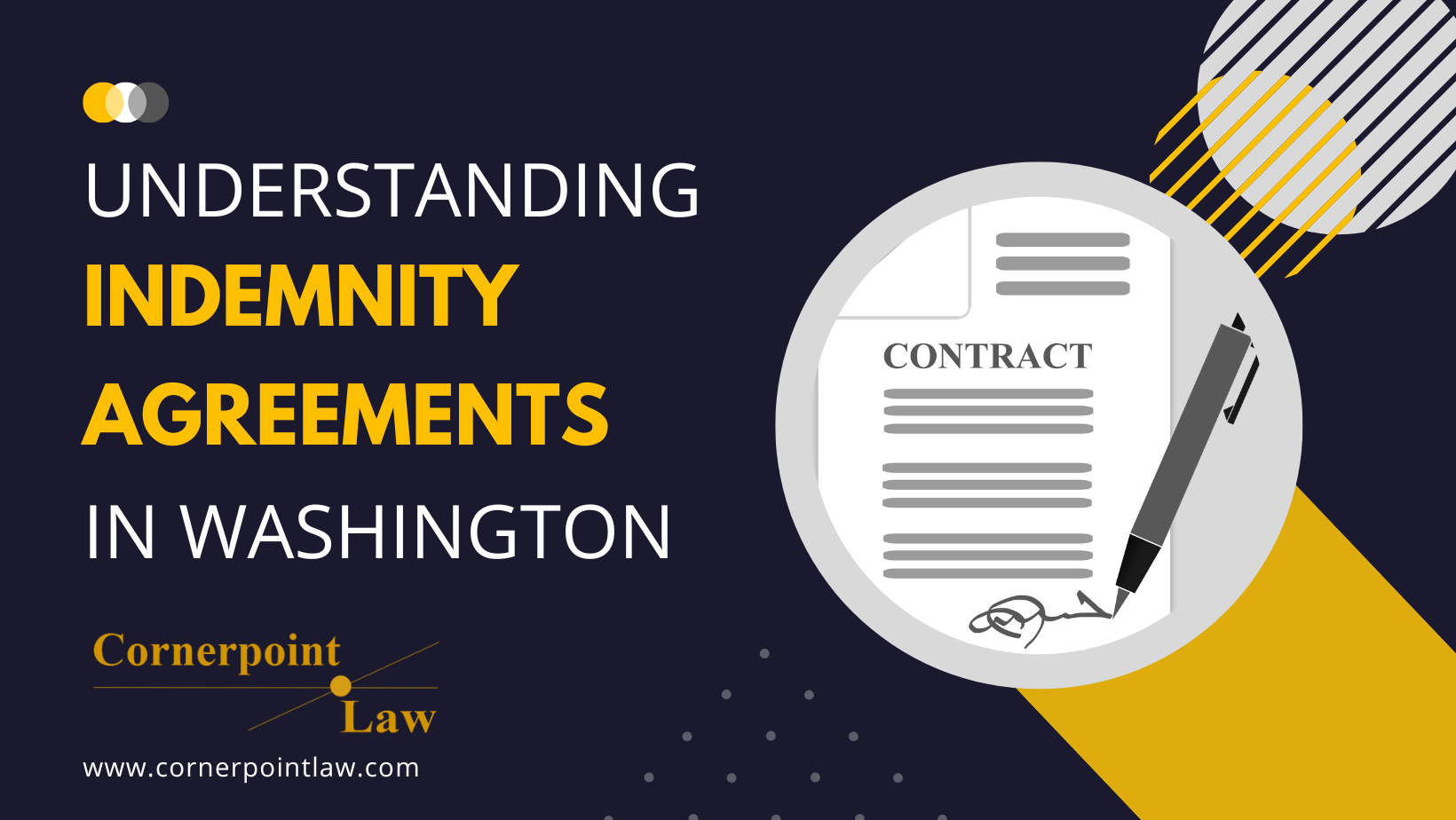The Coming and Going Rule: A Cornerpoint Case Pop
September 28, 2018
Unauthorized use and/or duplication of blogposts without express and written permission is strictly prohibited. Excerpts and links may be used, provided that full and clear credit is given, and with appropriate and specific direction to the original content.
The author of this post can be reached by phone at 206-693-2718 or by email.
Employee-Caused Car Accidents and What They Mean for Employers
By Stacia Hofmann
Cornerpoint Case Pops are dedicated to summarizing relevant, new cases — and their business and risk management lessons — in bite-size posts.
When employees are acting within the scope of their employment, their mistakes are also their employers’ under a legal principle called “vicarious liability,” or “respondeat superior” for fans of Latin legalese.
Is an employee who is commuting to or from work acting within the scope of employment? Usually not. Even though the employee may be required to come to work, the employee is not acting on behalf of the employer on the drive. So, for example, if an employee who lives in Bellevue wrecks her car on her way to work in Seattle, her employer is not liable for her negligence. Washington courts call this the “coming and going rule.”1
The rule is easily applied when the purpose and circumstances of the trip are clear, like with the regular coming from or going to a fixed place of employment in the employee’s own vehicle. But what about contractors, sales associates, employees who work from home, and others whose jobs may take them out and about? How do we know if the employee is acting within the scope of employment at the time of the accident?
In Washington, an employee is acting within the scope of employment — even if coming from or going to work — when he or she is driving in a vehicle (2) supplied by the employer, or (2) when the employer pays for the employee’s related vehicle costs.
The Case: Main v. Sander, Washington Court of Appeals, Division II, No. 49727-1-II (July 31, 2018 – Unpublished)
 Case Background
Case Background
The defendant’s employee worked from home, but was frequently out attending sales meetings for his employer. He used his own car, and his employer provided a monthly stipend for the cost of his vehicle and insurance, and reimbursed him for 80% of the vehicle’s maintenance and gas costs.
The employee was on his way home when he caused an injury accident. The employee was unclear about where he was coming from, indicating that he could not remember. Later, he stated that he was coming home from a sales meeting, though he never told his employer about the accident.
The trial court judge ruled that the employee was undisputedly acting with the scope of his employment at the time of the accident, so his employer was legally responsible for the injured plaintiff’s injuries because of vicarious liability.
What Was the Purpose of the Trip?
The coming and going rule establishes that an employee driving his own car during his regular commute is not acting within the scope of employment. But this employee stated that he was not on a regular commute – he claimed he was traveling home after a sales meeting in a car subsidized by his employer.
Thus, the Court of Appeals looked beyond the commute to decide whether the employee was acting within the scope of employment at the time of the accident. If an employee is performing duties required or directed by the employer, or if the employee is otherwise furthering the employer’s interests, the employee is acting within the scope of employment. If an employee’s trip has a personal purpose, the employee is not acting within the scope of employment.
The Court of Appeals determined that there was confusion about the evidence – was the employee coming home from a sales meeting, or did he not remember his starting point? Because of the ambiguity, the trial court judge should not have decided, unequivocally, that the employer was vicariously liable. Instead, the jury should have decided whether the employee was within the scope of employment, and thus, whether the employer was liable.
Risk Management Lesson
 An employer must remember that so long as an employee is acting within the scope of employment at the time the employee negligently causes a car accident, the employer is also liable. It can be easy for an employer to forget about auto liability when, for example, employees use their own vehicles for work sparingly (like for occasional errands), or when employees rent cars for travel. Neither the employee’s own car insurance nor the employer’s general liability policy will cover the employer, but the right commercial auto insurance policy will, even if the vehicle is not owned by the employer.
An employer must remember that so long as an employee is acting within the scope of employment at the time the employee negligently causes a car accident, the employer is also liable. It can be easy for an employer to forget about auto liability when, for example, employees use their own vehicles for work sparingly (like for occasional errands), or when employees rent cars for travel. Neither the employee’s own car insurance nor the employer’s general liability policy will cover the employer, but the right commercial auto insurance policy will, even if the vehicle is not owned by the employer.
Furthermore, when employees are allowed to take company vehicles home, it is wise to have written policies and procedures – acknowledged and agreed to in writing – governing their use. The same is true when employees are asked to use their own vehicles for business purposes, particularly when employees do not have to check in or out at a regular place of employment before embarking or after returning, like in the Main case. A good driving record also helps.
The traditional car commute is changing. The line between a regular commute and a commute for business purposes is blurring. Email or call me to see if Cornerpoint can help with your risk management or litigation questions about employer liability or auto insurance.
This blog is for informational purposes only and is not guaranteed to be correct, complete, or current. The statements on this blog are not intended to be legal advice, should not be relied upon as legal advice, and do not create an attorney-client relationship. If you have a legal question, have filed or are considering filing a lawsuit, have been sued, or have been charged with a crime, you should consult an attorney. Furthermore, statements within original blogpost articles constitute Stacia Hofmann’s opinion, and should not be construed as the opinion of any other person. Judges and other attorneys may disagree with her opinion, and laws change frequently. Neither Stacia Hofmann nor Cornerpoint Law is responsible for the content of any comments posted by visitors. Responsibility for the content of comments belongs to the commenter alone.
- The rule also applies as to workers’ compensation. ↩





Thought-provoking post, Stacia. I wonder how the rise of the gig economy will influence how the coming-and-going rule is applied. Maybe the independent-contractor status will make it a non-issue, but I suspect you’re not convinced of this based on your mention of contractors.
Excellent point, Mark. I should clarify that when I used the word “contractor” in the post, I meant construction contractor or tradesperson as opposed to an independent contractor.
I think businesses will continue to be shielded from liability when the person causing the accident is clearly an independent contractor…but the line between independent contractor and employee can also be blurred, making proper classification and risk management all the more important in a gig economy.